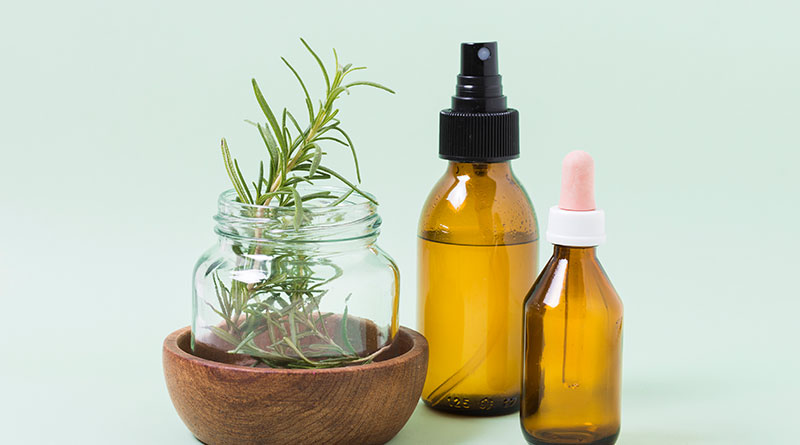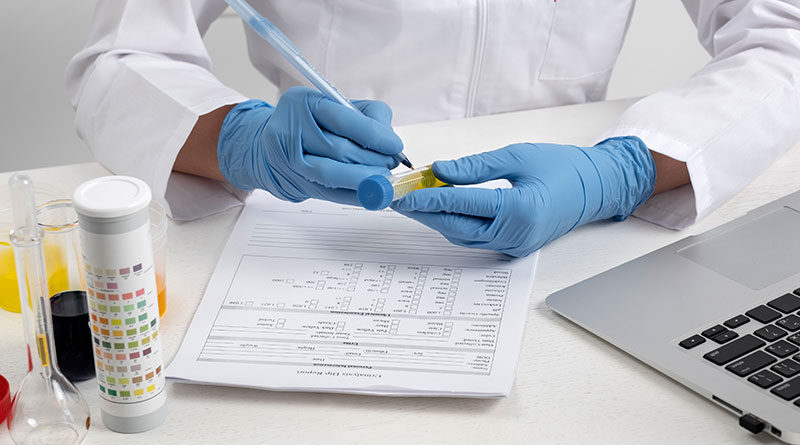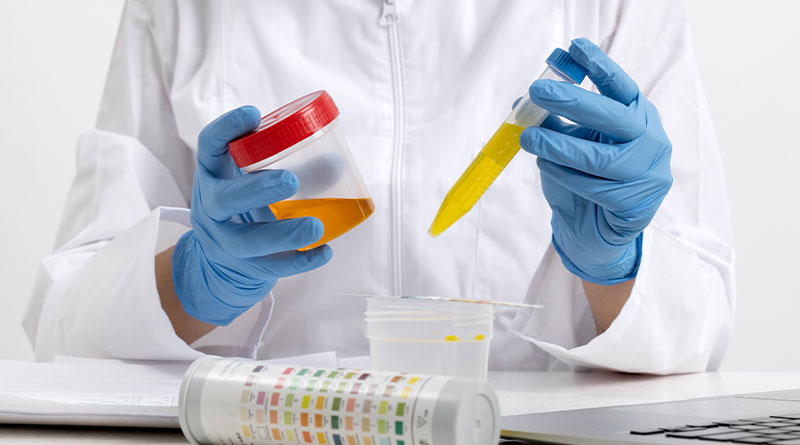While evidence of drug abuse can be found in any region of the globe, the quality of estimated prevalence of usage is highest in the Western world. Although less commonly measured, the prevalence of chronic drug use, ‘problem drug use,’ and dependence have significant health consequences.
Estimates of illegal drug use, problem drug use and drug dependency, and risk factors for illicit drug use are reviewed for Europe, North America, and Australasia. Cannabis-related health hazards and deaths from other drug use problems and injection drug users are discussed.
Nonfatal overdose, HIV/AIDS, and hepatitis B and C are only some drug-related diseases discussed in this article. Death and illness rates due to drug abuse must be more accurately estimated in future studies.
If you want to know about Illicit drug addiction this blog is for you.
How do Drugs Work?
Drugs are compounds that alter the physiological processes of the human body. Some of these aid patients when prescribed by their doctors. Many have zero therapeutic value or application. Abuse substances enter the body’s circulatory system when ingested, inhaled, or injected.
These medicines alter brain function, making it harder to judge one’s health. When people drink, they are more prone to engage in risky behaviours like drunk driving or sexual activity without proper protection.
Despite their temporary euphoric effects, Substances can cause significant physiological and psychological damage. Consuming alcoholic beverages, tobacco products, illegal substances, and even sniffing glue negatively affects health.
What is Illicit Drugs
Heroin, marijuana, and crystal meth are all examples of illicit drugs. Although initiating the use of such substances is typically a self-determined process, unforeseen addiction can make subsequent abstinence much more challenging. Developing a dependency on illegal substances alters brain function and behaviour.
Physical dependence is the first symptom of an addiction to illegal drugs. Tolerance to the substance and the emergence of withdrawal symptoms are telltale signs of dependence. When tolerance sets in, more of the original substance is required to achieve the same effects as when you first began using it.
It’s common to want to cut back on drug use and for drug use to take precedence over obligations at home and with friends.
Types of Illicit Drugs
You or your loved one is not alone in dealing with a substance addiction disorder. Those between 18 and 25 have the highest rates of illicit drug usage. How various illegal substances manifest their influence varies.
Based on their effects, drugs are classified as either:
Cocaine
Cocaine, a highly addictive stimulant extracted from the coca plant of South America, is typically sold as a powder. Blow, bump, coke, and snow are all slang terms for cocaine.
Crack Cocaine
Crack is a solid form of cocaine that is purer and more powerful than powdered cocaine. Crack Cocaine is often smoked, resulting in a rapid, powerful high that wears off rapidly.
Ecstasy
Ecstasy is widely used among high school students and young adults as a recreational drug. It has psychedelic effects, such as heightened senses and reduced inhibitions.
Hallucinogens
Psychoactive substances, such as LSD, PCP, mushrooms, and salvia, are all examples of this category.
Heroin
The opium poppy is the synthetic source of heroin, a highly addictive chemical with a long list of negative side effects. Heroin can be injected, snorted, smoked, or taken orally, but injection is the most prevalent method.
Stimulants
Cocaine and methamphetamine are two examples of stimulants. They stimulate the body and mind to the point of hyperactivity.
Opioids
Opioids are pain medication that alters the brain chemicals responsible for controlling emotion. They have the potential to delay or depress the central nervous system, which can have an impact on breathing.
Meds That Lower or Sedate You
The use of these substances isn’t necessarily wrong. However, dependence on any prescribed drug is a real possibility.
Identifying The Symptoms of Illicit Drug Abuse
People with Illicit drug addiction may experiment with new combinations of drugs. They might also try switching to a different medicine every so often.
Certain actions, however, may point to an addiction regardless of the route of administration:
- Changes in aggression or irritability that are extreme, unexpected, or extreme
- Isolation from social contacts
Consequences of drug use include:
- Engaging in risky or immoral behaviour to obtain the drug.
- Developing long-term health issues related to drug use.
- Going to parties where the substance will be present.
- A distinct set of symptoms also characterises certain classes of illegal drugs.
Symptoms of Illicit Drug
Among the signs or actions of drug addiction are:
- Feeling the need to take the substance on a daily, or even multiple-time-a-day, basis; Experiencing uncontrollable, overwhelming cravings to use the drug;
- Taking more of the drug for a longer time than planned or needing to take more of the drug to achieve the same effect are both signs of tolerance.
- Making sure you never run out of medicine.
- Neglecting responsibilities at home, school, or work or cutting back on extracurricular activities due to drug usage; Buying drugs despite having no money to do so;
Illicit Drug Treatment
However, there are effective treatments available that can help addicts conquer their disease and avoid relapse. Your treatment will be based on the specific drug(s) you’ve been using and any underlying medical or mental health conditions you may have. Relapse can be avoided with consistent, long-term monitoring.
Withdrawal Management
To help you safely and effectively wean off the addictive substance, detoxification (also known as “detox” or withdrawal therapy) is used.
Some persons may be able to undergo outpatient withdrawal therapy safely. For some people, hospitalisation or residential treatment is the only option.
Fatal Opiate Overdose
Naloxone is a medication that can reverse the effects of an opioid overdose and is administered by medical professionals or, in some places, by bystanders. The opioid drug’s results can be temporarily nullified by naloxone.
Behavioural Counselling
Psychologists and psychiatrists can provide behaviour therapy (a type of psychotherapy) as part of a drug treatment programme, or you can see a certified alcohol and drug counsellor. Individuals, families, and groups can all benefit from therapy and counselling services.
Self Help Groups
The 12-step approach pioneered by AA is used by many (but not all) self-help support groups. Narcotics Anonymous and similar self-help support organisations are great resources for anyone struggling with drug addiction.
Conclusion
Now you know about Illicit drug addiction. Pure forms of illegal drugs are extremely rare and must be isolated from contaminants. This can be done with chromatography or liquid extraction.
To be presented in court, almost all instances involving illegal drugs require a confirmatory test, such as gas chromatography-mass spectrometry.
FAQs
Q1: Can you name the four characteristics of a drug addict?
Ans: Illicit drug addiction is distinguished from other disorders by four characteristics called the “4 C’s”: compulsion, craving, consequences, and control. Addicts tend to act in quite similar ways.
Q2: What are the three main strategies for reducing the spread of drugs?
Ans: Primary, secondary, and tertiary prevention can be distinguished for drug misuse based on a public health paradigm.
Q3: How strong is the link between genes and addiction?
Ans: Genetics accounts for most of the vulnerability to substance abuse, with some variation among substances. It has been found that drug addiction is as much as 70% inherited, while alcoholism accounts for only 50%.
Sahil Sachdeva is the Founder of curemedoc.com and a Digital Marketing professional with years of experience. If you need help in Content writing and want to increase your website ranking, connect with him, as he has some premium websites where you can share blogs with DoFollow links and increase your website’s ranking on Google.





